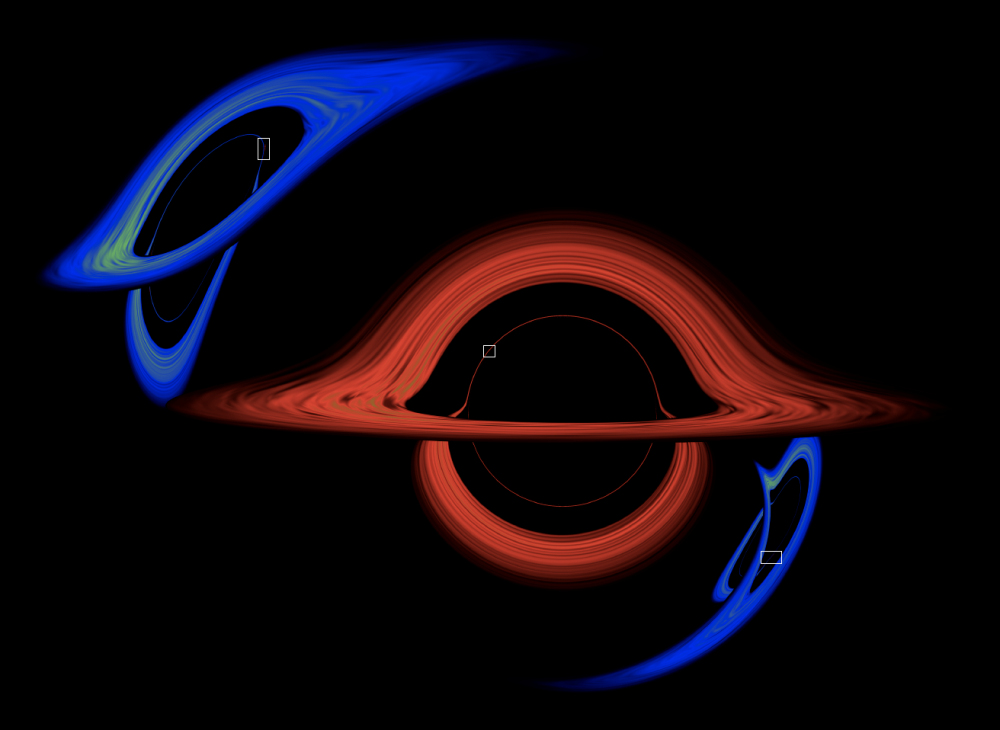Neutrino transport has long posed problems for simulations involving dynamical neutron stars and their remains. The complicated geometries inherent in the BNS problem require a flexible yet efficient method for treating it through optically thin and thick regions. The Monte-Carlo ray-tracing code Pandurata, written by Site-PI Schnittman (GSFC) is ideal for this task, as it has been designed and developed over many years to treat similar problems in black hole accretion physics. We have demonstrated success in coupling IllinoisGRMHD and HARM3D with Pandurata as a post-processor, solving both time-steady and time-dependent transport problems, and are currently developing versions of HARM3D and IllinoisGRMHD fully integrating Pandurata, in the context of radiation-fluid interaction. These algorithms for photon propagation are perfectly amenable and straightforward to extend to neutrino physics as well. Thus Pandurata is the main tool for including neutrino physics in most of the TCAN project software.
